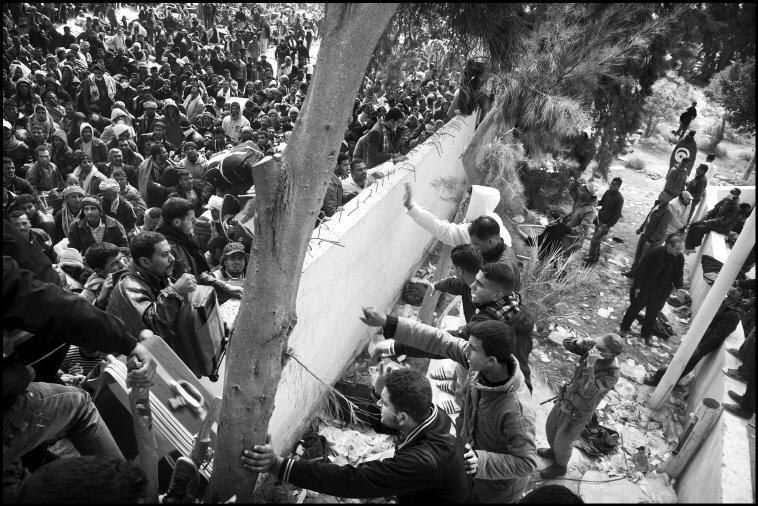Rarely will you find a moment when a country in the Middle East is not headlined in the news. However, you are living during a unique time. According to the UN, in 2016 there were more displaced persons in the world than at any time since WWII. Many of those people are fleeing the Middle East.
Learning Objectives:
I can provide historical and modern context for my assigned reading.
I can identify the clash of identity that led to conflict both historically and in this person’s life.
I can identify on map the trail of this person’s story.
I can provide and source the opposing point of view to the person that I am following.
I can explain how this assignment correlates with the claim that there are more displaced persons today than an any point since WWII.
I can reflect on how learning history through the lives of individuals has added to my understanding and appreciation of the human story behind the events.
Discussion Questions:
During the first half of the first semester, you will be deputized to become an expert on this issue. The following questions will guide us:
-
What historical forces shaped the modern Middle East?
-
What systems of governments developed there, specifically in Iraq, Libya, Syria, and Egypt?
-
What led to those political systems demise? What has come in their place?
- How has Western intervention influenced the Middle East?
Activity:
In groups of two, you will be assigned a person profiled in the article. For that person you will need to answer the questions below. You will present (five to seven minutes) a poster about your assigned person to the class using the information gathered.
For Every Profile:
Include at least 10 identity points for the person: Nationality, Ethnicity, Race, Faith, Gender, Sexual Orientation, Ability, Age, Political affiliation, Family, Career, Socio-economic status, Education
How was his/her story affected by WWI (Sykes/Picot)?
How did secular Arab nationalism play a role in his/her story?
How did the 2003 invasion of Iraq play a role in his/her story?
How did the Arab spring play a role in his/her story?
How did the rise of Islamic fundamentalism and/Isis play a role in his/her story?
Which historical event creates a flash point for the person? How is he/she affected? What decisions does she/he make? What do you think 2017 will look like for this person?
How would you best geographically describe this person’s story?
If you could meet your person, what would you ask him/her about his/her story?
Find and cite a source that details the opposite point of view from your assigned person. Explain in your presentation how your source would fit into the story.
Dear Educator,
These lessons were used to teach about the Middle East from WWI to the present emphasizing the nation-states of Syria, Egypt, Libya, and Iraq. The course, Middle East History, typically focuses on four or five countries during the semester to teach contemporary history. Given the compelling and current nature of the article, "Fractured Lands," my colleague Abigail Chill and I chose the countries that provided the setting for Scott Anderson's piece. This semester long course is taught to 12th graders in a class that meets every other day for 85 minutes.
The lesson included here is the culminating project. Prior to that we taught the students about the historical events referred to in the preface (including creating a timeline), discussed issues of identity as it pertains to the teens and the subjects in the article, and analyzed the differences between historical texts and long-form journalism.
Resources for the historical overview include:
